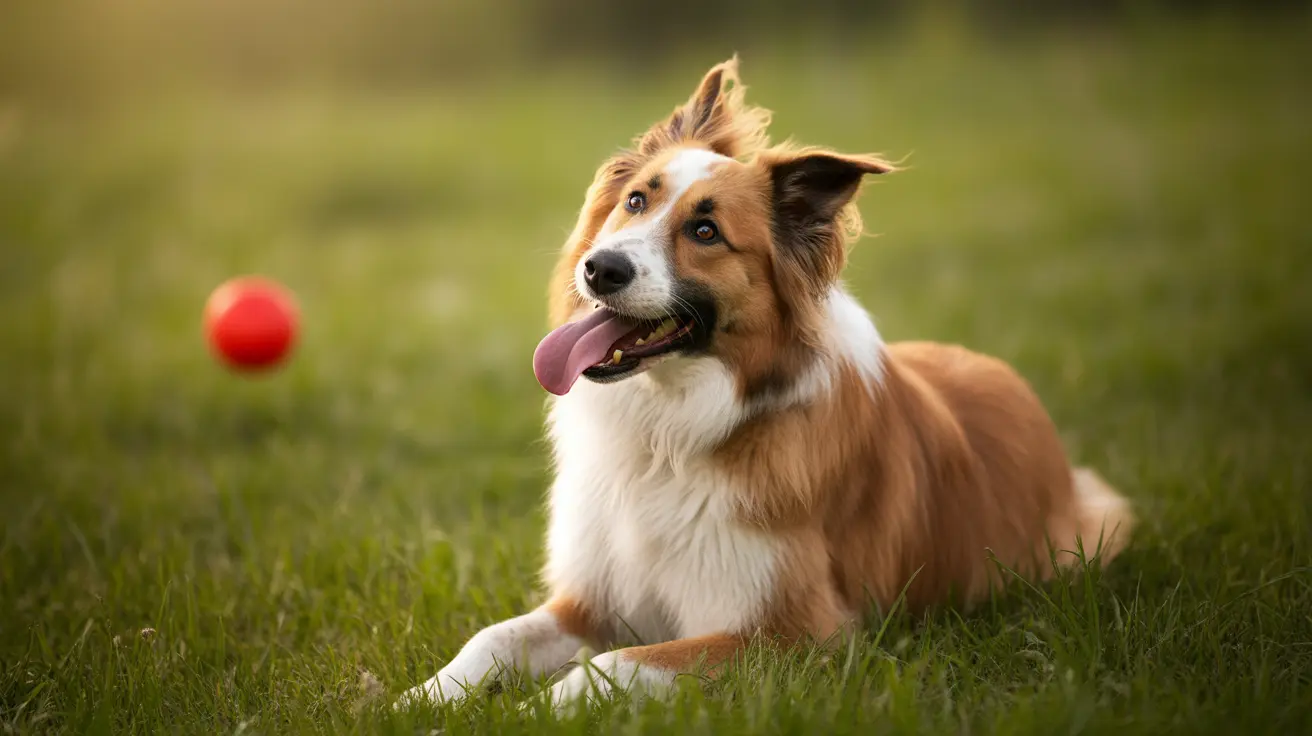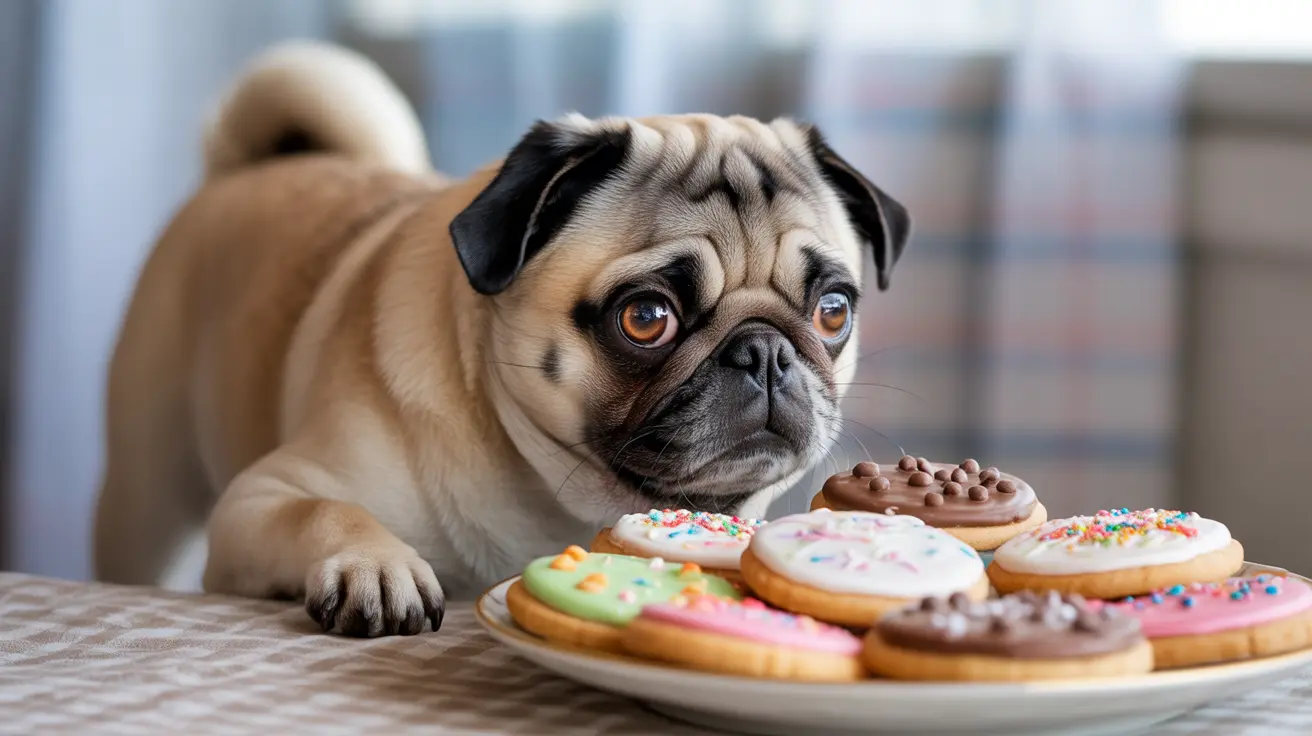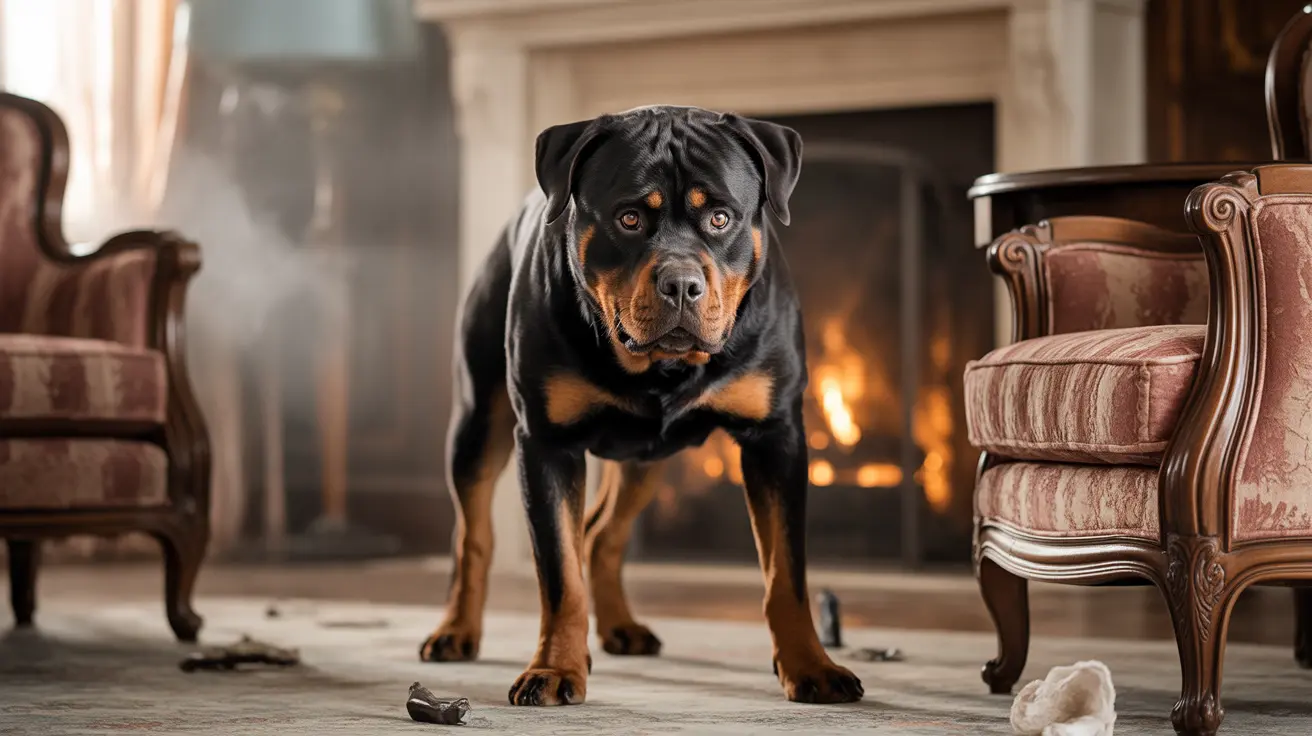The season's first snow at Brookfield Zoo has provided a delightful glimpse into how various animals naturally adapt to winter conditions. As snowflakes began falling, zoo visitors and staff witnessed fascinating displays of animal behavior, with creatures like polar bears and reindeer demonstrating their remarkable winter adaptations.
This natural winter enrichment offers valuable insights for pet parents and animal enthusiasts about how different species cope with cold weather conditions. Understanding these behaviors can help us better appreciate the incredible ways animals have evolved to thrive in challenging winter environments.
Zoo Animal Winter Adaptations on Full Display
The snowfall at Brookfield Zoo created an ideal opportunity to observe natural animal behavior in snow. Different species exhibited varying responses to the winter weather, showcasing their unique evolutionary adaptations that help them survive and even thrive in cold conditions.
Some animals immediately embraced the snowy environment, while others demonstrated more cautious approaches to the changing weather. These varied responses reflect millions of years of evolution and the specific environmental challenges each species has adapted to overcome.
Polar Bear Snow Behavior Highlights Arctic Adaptations
Polar bears at the zoo likely demonstrated their natural affinity for cold weather during the snowfall. These magnificent Arctic animals possess several key adaptations that make them perfectly suited for snowy conditions, including dense fur coats with hollow hairs that provide exceptional insulation and large paws that act like natural snowshoes.
In their natural habitat, polar bears rely on sea ice and snowy conditions for hunting and survival. Zoo environments that replicate these conditions provide essential enrichment opportunities that allow these animals to express their natural behaviors and maintain physical and mental well-being.
Reindeer Cold Weather Adaptations and Natural Behaviors
Reindeer possess remarkable adaptations for surviving harsh winter conditions. Their thick, multi-layered coats provide excellent insulation, while their unique hooves change seasonally to provide better traction on snow and ice. During winter, their hooves become harder and more compact, helping prevent slipping on icy surfaces.
These animals are naturally equipped to handle temperature extremes that would challenge many other species. Their ability to navigate snowy terrain with confidence makes them perfectly suited to enjoy fresh snowfall at the zoo.
Animal Enrichment in Winter Enhances Welfare
Snow provides natural enrichment opportunities that zoos can't replicate with artificial materials. This environmental enrichment encourages animals to engage in species-appropriate behaviors, from rolling and playing to foraging and exploring.
Winter weather changes stimulate animals mentally and physically, providing sensory experiences that promote natural movement patterns and behaviors. For many species, seasonal environmental changes are crucial for maintaining psychological health and preventing behavioral problems associated with captivity.
How Zoos Care for Animals in Winter
Professional animal care teams prepare extensively for winter weather to ensure all animals remain safe and comfortable. This preparation includes monitoring temperature-sensitive species, providing heated shelters when necessary, and adjusting feeding schedules to account for increased caloric needs during cold weather.
Zoo staff carefully evaluate each animal's tolerance for cold weather based on species-specific needs, individual health status, and natural habitat requirements. Animals that aren't adapted for cold conditions receive appropriate indoor accommodations, while cold-adapted species often receive access to outdoor areas during winter weather.
Zoo Animal Seasonal Changes and Behavioral Adaptations
Many zoo animals undergo natural seasonal changes that help them cope with winter conditions. These may include growing thicker coats, changing feeding behaviors, or adjusting activity levels to conserve energy during colder months.
Observing these seasonal adaptations provides educational opportunities for visitors to learn about animal biology and the remarkable ways different species have evolved to survive in diverse environments.
Frequently Asked Questions
How do zoo animals like polar bears and reindeer adapt to snow and cold weather?
Polar bears and reindeer have evolved specific adaptations for cold weather. Polar bears possess dense, insulating fur and large paws for walking on snow, while reindeer have thick, multi-layered coats and seasonally-changing hooves that provide better traction on ice and snow.
What do zoos care for animals safe and comfortable during winter snowfall?
Zoos provide heated shelters for temperature-sensitive animals, monitor all animals closely during weather changes, adjust feeding schedules to meet increased caloric needs, and ensure that only cold-adapted species have access to outdoor areas during harsh weather conditions.
Can pet owners use similar enrichment ideas, like snow play, for their own animals in winter?
Pet owners can provide safe winter enrichment by allowing cold-adapted pets like certain dog breeds to enjoy supervised snow play, ensuring proper protection for temperature-sensitive pets, and always monitoring pets for signs of cold stress during outdoor winter activities.
Conclusion
The first snowfall at Brookfield Zoo demonstrates the remarkable ways animals have adapted to winter conditions over millions of years of evolution. From polar bears embracing their Arctic heritage to reindeer showcasing their natural cold-weather abilities, these displays provide valuable insights into animal behavior and adaptation.
For pet parents, observing how zoo animals handle winter weather can inspire better understanding of our own pets' seasonal needs and the importance of providing appropriate care during cold weather months.






